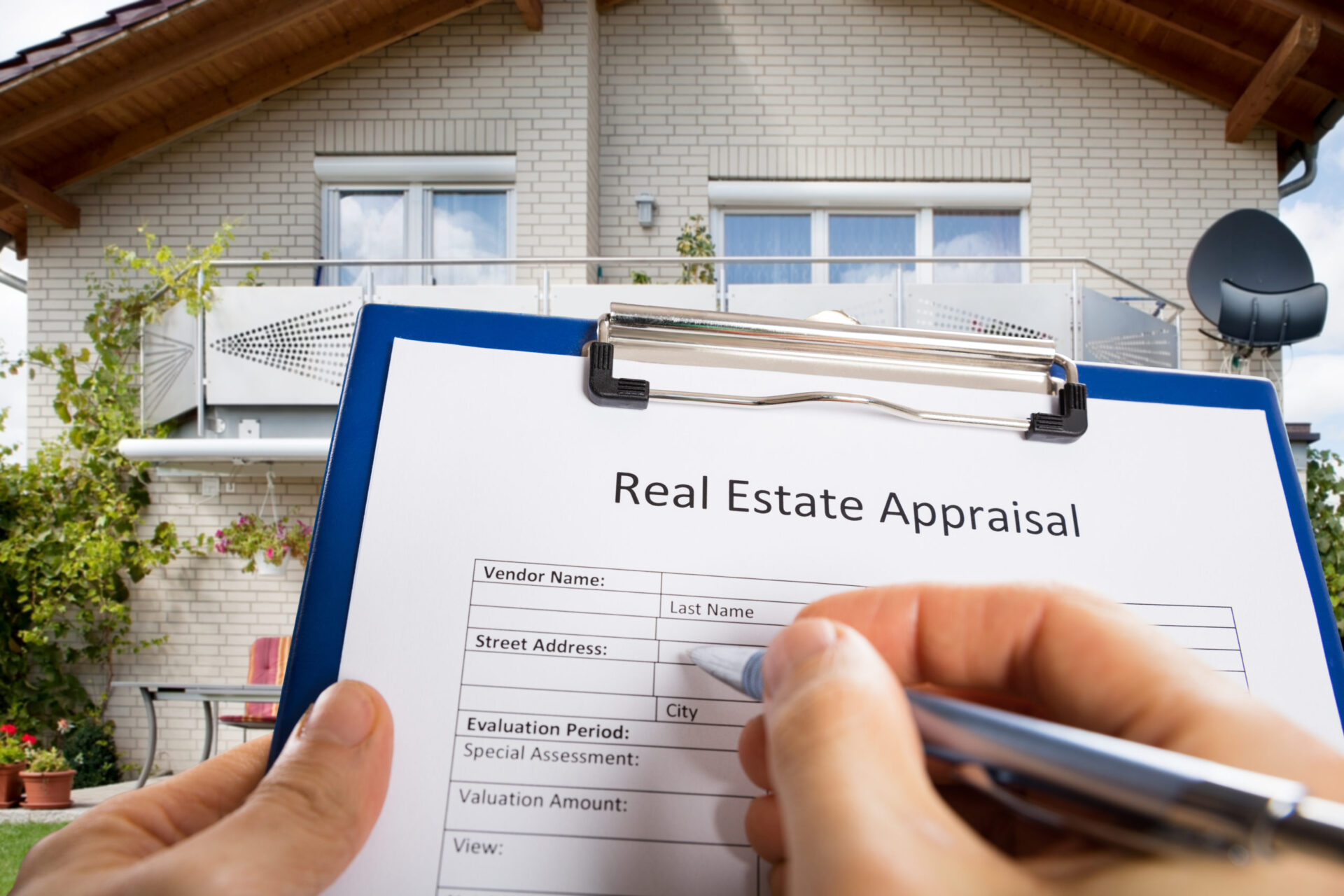By SCOTT KIMBLER
As officials work to address racial bias in home valuations, leaders at a public policy think tank in Washington, DC, are saying recent recommendations made by a federal task force miss the mark.
The Interagency Task Force on Property Appraisal and Valuation Equity, or PAVE for short, was created in June of 2021 to tackle the problem of racial and ethnic bias in home valuations. Comprised of 13 federal agencies and offices, it is co-led by officials at the U.S. Department of Housing and Urban Development and the White House Domestic Policy Council.
In March of 2022, the PAVE Action Plan was released, and this past June the Biden-Harris administration announced a set of actions to deliver on that plan. They cover preventing algorithmic bias in home valuations, empowering consumers to take action against appraisal bias, leveraging federal data to inform policy and improve enforcement against appraisal bias, as well as breaking down barriers to entry in the appraisal profession.
Edward Pinto and Tobias Peter of the AEI Housing Center say that while they agree that the appraisal industry needs to change, PAVE’s recommendations come up short, in part, because they do not identify and address the root causes of the industry’s problems.
For example, Peter says encouraging customers who receive a potentially inaccurate or biased appraisal to pursue a reconsideration of value is premature if the goal is to identify biased and inaccurate appraisers.
“This is particularly aimed at biased appraisers,” Peter said, explaining this recommendation likely stems from TV news and newspaper articles that describe how the same home can get a higher appraisal if they are “whitewashed.”
“These stories implicate there is widespread discrimination. Our studies have found there are plenty of bad apples out there, that they are either biased, or they are just not very good at their job. When these bad players are located, they can be eliminated from the field or retrained. But we could clean up the profession that way and not have to burden the consumer with the costs of a second appraiser,” Peter said.
When it comes to breaking down barriers to entry into the appraisal profession, PAVE has published a dashboard that shows which states impose education, examination, and experience requirements that are more stringent than the federal requirements.
“Federal criteria for becoming an appraiser are significant, and there is no evidence that some of these requirements — for example, for a college degree — produce more ethical, accurate, or credible appraisals. Furthermore, many states require higher standards than the federal floor, making it more difficult for aspiring appraisers, especially underrepresented groups, to enter the profession,” the Biden-Harris announcement said.
Officials said the Appraisal Subcommittee will continue to provide ongoing assistance to states interested in reducing barriers to entry and earlier this year the task force issued a letter to the Appraisal Foundation urging leaders there to find solutions to the experience, education, and examination requirements that exceed most industry standards.
Leaders at AEI say the Appraisal Foundation operates under the cloak of Congressional authority, but outside the supervisory power of the Appraisal Subcommittee.
“Given its structure and entrenched interests, the AF on its own is unlikely to materially undertake needed reforms,” leaders said in response to the PAVE Working Group recommendations. They suggest bringing the Appraisal Foundation within the regulatory and supervisory purview of the Appraisal Subcommittee.
Officials at the Federal Housing Finance Agency say racial and ethnic valuation gaps in home appraisals are being reduced in a majority of states.
According to a blog published on Aug. 8, “Although an appraisal valuation gap continues to exist between white and minority population tracts, data indicate a reduced gap following actions by stakeholders and federal, state, and local agencies, including the release of the PAVE Action Plan.”
Using Uniform Appraisal Dataset Aggregate Statistics, analysts found that in 39 states the appraisal gap has narrowed since the action plan’s release.
In six states – Alabama, Delaware, Kentucky, Mississippi, New Mexico, and Texas – the appraisal gap between white and minority tracts increased.
In five states – Connecticut, Minnesota, Oklahoma, Rhode Island, and Washington – the percentage of low appraisals in minority tracts was lower than the percentage of low appraisals in white tracts.
In every other state, minority tracts continued to have a higher percentage of low appraisals as compared to white tracts but the gap narrowed substantially, according to the blog.
“More analysis is needed to determine whether this is a causal relationship, but it nonetheless represents an encouraging trend as public and private stakeholders continue their efforts to eliminate appraisal bias,” FHFA officials said.
Editor Kimberley Haas contributed to this report.
Read More Articles:
Are In-Person Appraisals On Their Way Out?
